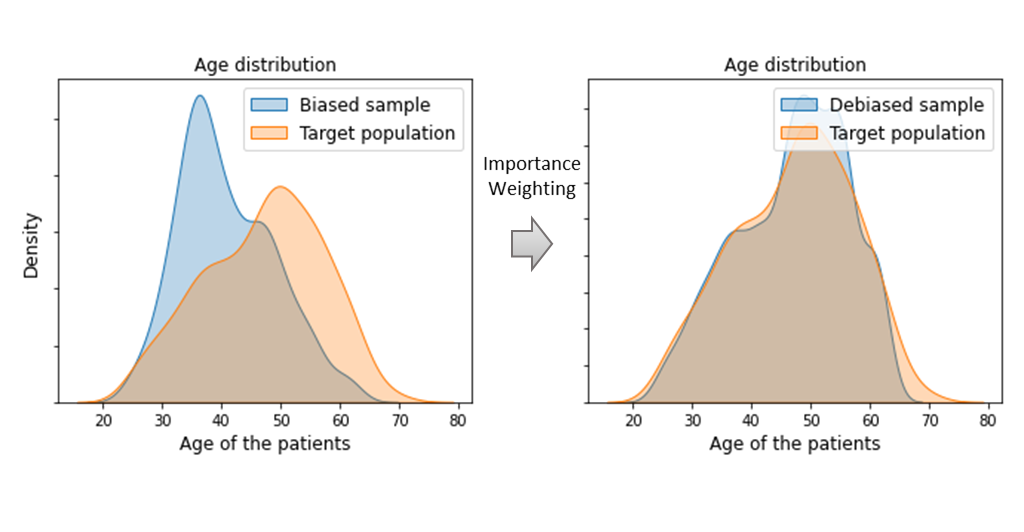Unified Deep Supervised Domain Adaptation and Generalization
This work provides a unified framework for addressing the problem of visual supervised domain adaptation and generalization with deep models. The main idea is to exploit the Siamese architecture to learn an embedding subspace that is discriminative, and where mapped visual domains are semantically aligned and yet maximally separated. The supervised setting becomes attractive especially when only few target data samples need to be labeled. In this scenario, alignment and separation of semantic probability distributions is difficult because of the lack of data. We found that by reverting to point-wise surrogates of distribution distances and similarities provides an effective solution. In addition, the approach has a high speed of adaptation, which requires an extremely low number of labeled target training samples, even one per category can be effective. The approach is extended to domain generalization. For both applications the experiments show very promising results.
PDF Abstract ICCV 2017 PDF ICCV 2017 Abstract




 PACS
PACS
 USPS
USPS
